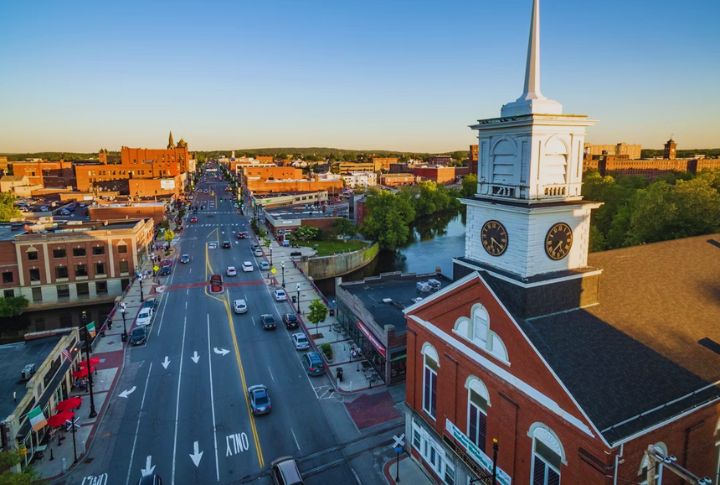
Some locations in the U.S. may quietly hold strategic advantages in the face of a nuclear crisis. Geography and limited military targets combine to shape survival potential. Add strong infrastructure and community preparedness, and the odds shift further. Based on risk and readiness, here are 10.
Maine
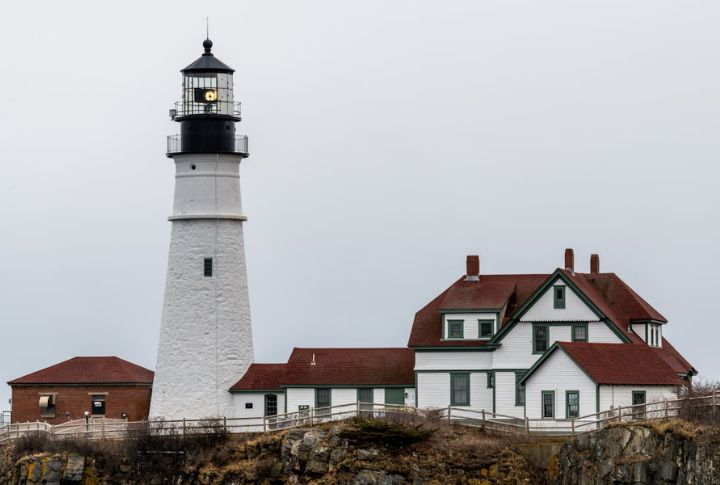
In the situation of a nuke attack, isolation can work in your favor. Moose outnumber people in some parts of Maine. It’s also far from major military bases. However, certain wind shifts could still bring fallout its way if things escalate faster.
Oregon

Oregon has more ghost towns than any other state. Its location, far from ICBM silos, and its rugged mountains give it a natural edge. Meanwhile, its off-grid communities add to its resilience, which can make a local bounce back easy.
Vermont
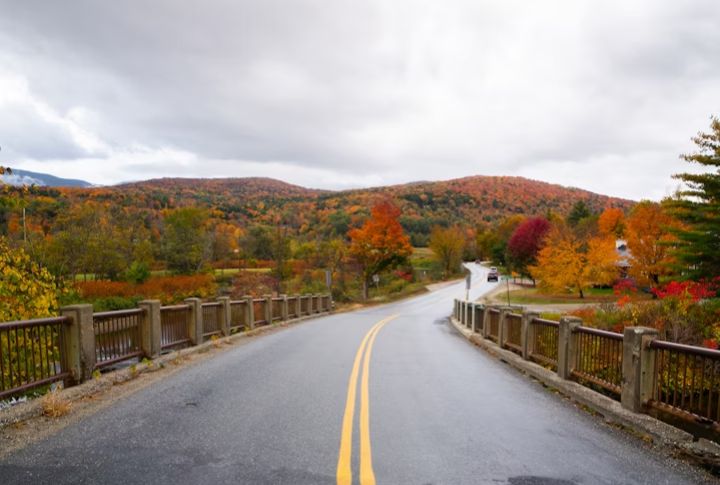
Though Vermont once housed nuclear missiles during the Cold War, that era has long passed. Today, it’s a peaceful state, free of silos and major strategic threats. It provides a quieter, safer life than crowded coastal states, and its scenic views remain blissfully unobstructed by billboards.
West Virginia
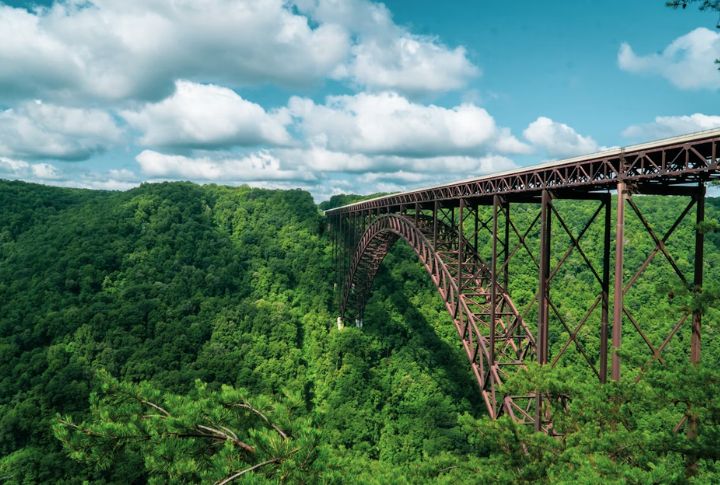
Thanks to the Appalachian Mountains, West Virginia sits behind a natural barrier. It’s not home to major military targets, which lowers its risk. Deep cave systems there could even serve as underground hideouts, which could turn nature into the next great bunker.
Hawaii
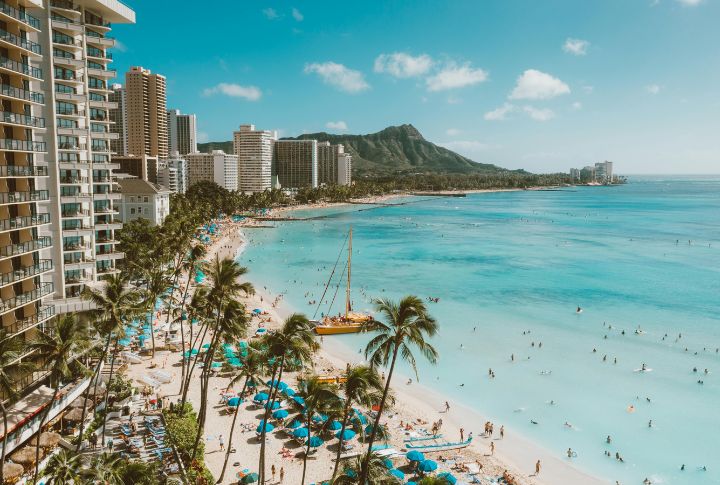
Surprisingly, Hawaii’s extreme distance from the mainland could be its greatest shield. While Pearl Harbor remains a potential target, most of the islands are out of reach from continental fallout. In fact, its volcanic geography might offer pockets of safety.
New Hampshire
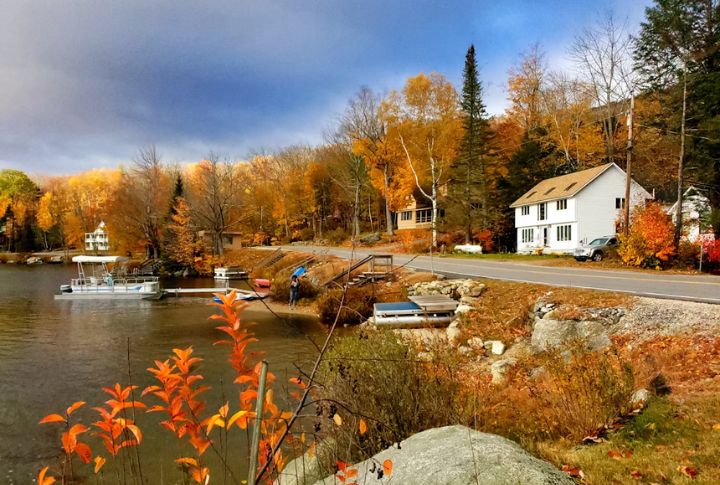
One of the most independent states in the Northeast, New Hampshire, lives up to its bold motto: “Live Free or Die.” Since it’s not near major urban hubs or silos, its risk of attack is lower. Furthermore, many residents already embrace off-grid living.
Utah
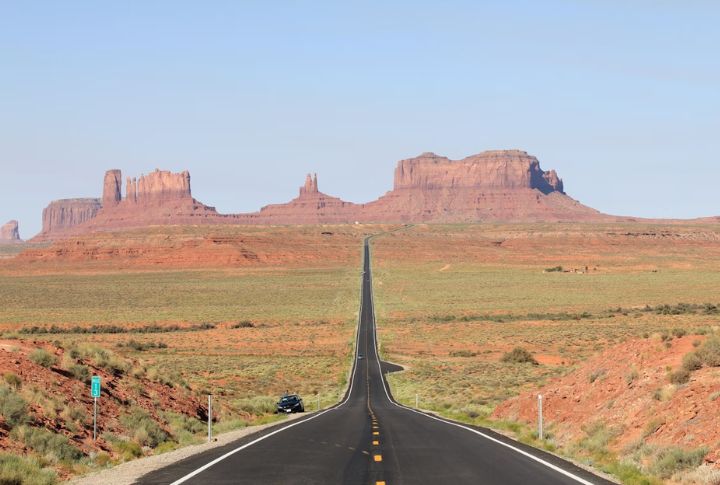
Utah’s dry desert terrain might seem harsh, but it offers one big plus: low fallout retention. Combined with its distance from major nuclear sites, it stands a solid chance. Add to that a high number of bunkers, and it’s clearly prepared.
Rhode Island
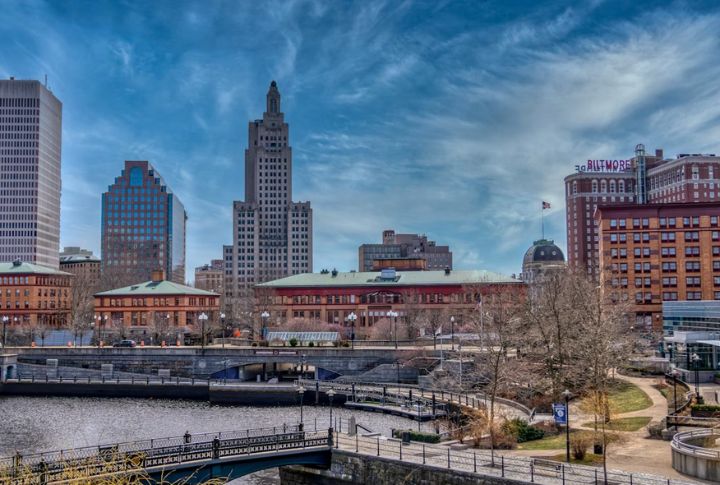
Despite being the smallest state, Rhode Island plays a big role in national defense with its naval base. Still, coastal winds can sometimes push fallout away, though this isn’t guaranteed. Its compact size could also help leaders act quickly.
Idaho
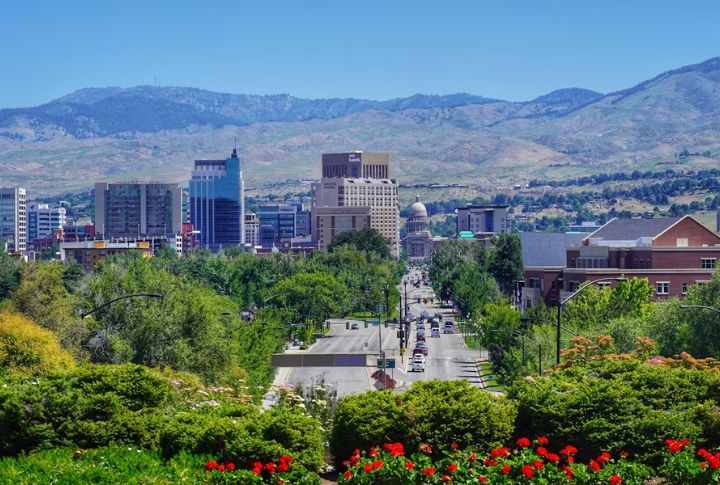
With fewer people, there are more places to hide compared to urban areas. Encircled by mountains, Idaho feels like a fortress in the wild. It stays clear of key missile zones and has vast stretches of untouched land. As a bonus, it has the deepest gorge in North America.
Alabama
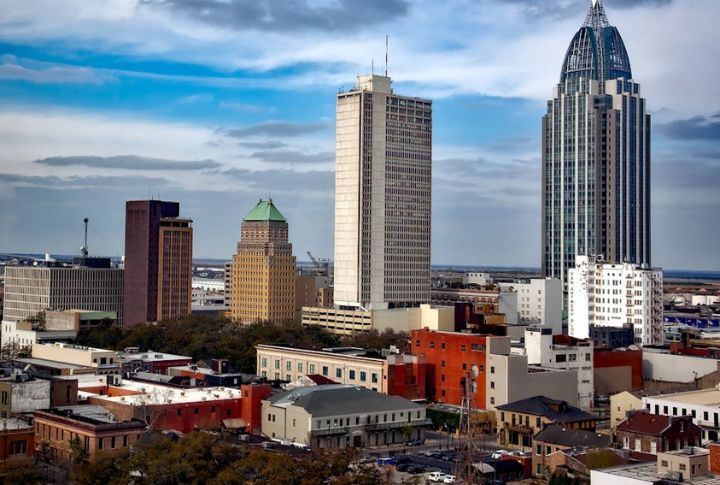
Thanks to its blend of forests and farms, Alabama could lean on its land in tough times. It’s away from major nuclear zones and has the space for rural retreats. On top of that, its strong agricultural base offers food security.
